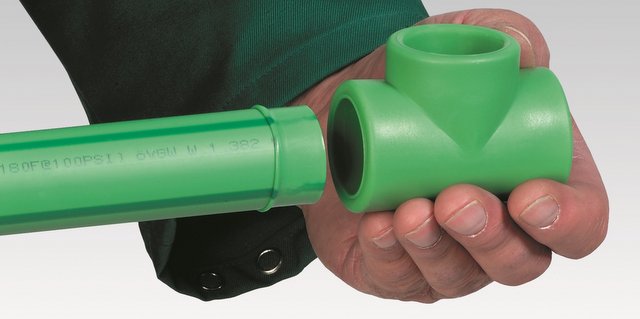
Germans know a thing or two about both beer and cutting-edge engineering. Germanic tribes claim the first commercial hop gardens and hopped beers around the 11th or 12th century, feeding the breweries of the Hansa trading towns, which were exporting hopped beer from probably the 13th century onward. Today, German brewing brands are still the benchmark for high-tech quality products in the industry with famous names like Huppman, Ziemann, Krones, BrauKon and ROLEC.
Of course, more than just over-engineered brewhouses and high-tech packaging systems come from the Bundesrepublik. Take infrastructure, for instance — pipes specifically. We’re seeing more and more use of an impressive product called polypropylene pipe being used in craft breweries across America, and it’s another invention that hails from the Vaterland.
“Aquatherm is a German-made product that is about 40 years old and has been used around the world in a huge amount of applications — plumbing, HVAC and industrial applications — but it’s fairly new to North America,” explained Barry Campbell, vice president of advertising and media relations at Aquatherm. “For roughly six years, we’ve used it throughout all these unique building situations in North America, when we finally realized that the craft brewing industry was just a home run market for us. We started off with Epic Brewing out in Utah using it on their glycol lines. It’s just exploded from there. The word of mouth in the craft brewing industry is amazing, so we’ve just had tremendous growth from breweries using us, not just for the glycol lines now but in their heating and cooling applications, their geothermal applications, their domestic water supply, CO2, compressed air applications and beyond.”
Pipes are an integral part of every building. They provide us with water, they remove our waste and they carry our heating, cooling and chemicals. In the brewing industry, quality of product deteriorates quickly when pipes fail, so craft brands should consider three essential qualities in their next pipe infrastructure purchase — 1) longevity, 2) flexibility and 3) chemically inert pipe materials.
“Because it’s chemically inert and non-scaling, it won’t rust,” Campbell said. “The bottom line is it’s the most chemically pure way to get your water in. It’s approved for reverse osmosis water and deionized water. We use it a lot in hospital applications. Technically, you can use it for your domestic water supply. If brewers are worried about their water quality, then this is a great product for that as well.”
Aquatherm’s polypropylene does not react with water or glycol, so it will never corrode in cooling systems. And according to Campbell, it does not become brittle over time or fail when exposed to extreme temperatures. It is freeze-resistant, and it can handle 180° F water at 100 psi, so it’s ideal for heating systems. Traditional piping materials use either foreign substances (glue or solder) or mechanical connections (gaskets or threads) to hold a system together, and these connections eventually fail. Aquatherm pipes are connected via heat fusion, which is a fast, reliable process that makes seamless, leak-free connections.
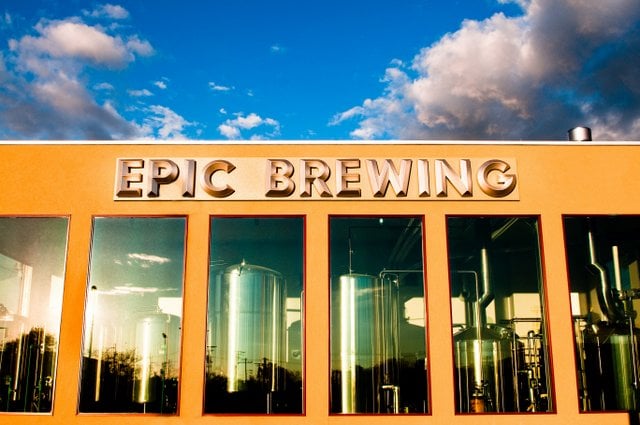
“And because our product is heat-fusion connected, it’s basically just about leak free,” Campbell said. “When you connect it, the joint and the fitting become one. So there’s really no leak path. It just lasts longer. As long as it’s been installed by a factory-certified installer, it comes with a 10-year, multimillion-dollar warranty that covers everything down to the spoiled product. If you have a glycol leak because of our manufactured product, it will be covered.”
To form a connection, the polypropylene material is melted on a heat fusion iron that reaches 500 degrees. A process called socket fusion is used to make connections from ½ to 4 in. in diameter, and butt fusion is used for diameters of 6 t0 24 in. The pipe is cut, marked for insertion depth, and the pipe and fitting are placed on the heating iron for a specified time, then pushed together to cool. Once cool, the pipe and socket fitting become one solid piece, making the joint as strong as the pipe itself. To accommodate system expansion, Aquatherm also offers a unique option: fusion outlets that can be added by drilling into the pipe and heat-fusing a fitting directly into the pipe wall.
“We’ve also got 400 valves and fittings, so you can connect to just about any system you want to connect to,” Campbell said. “We’ve also got a new insulation product made specifically for this. It goes on very easily with no itching and no microbial growth. If you’re running glycol products and you’re getting down into the 20s, you’re definitely going to want to insulate it. This product that we’re using now is perfect for that.”
Aquatherm’s polypropylene pipe can be used in most of a brewery’s systems (chiller, domestic water supply, heating and cooling, clean/purge, reclaimed/recycled and food contact applications for starters), providing uniformity throughout the brewery. To provide product availability and support, the company has set up a North American logistics center and partnered with national and regional wholesalers throughout the U.S. and Canada, providing training, engineering support and prefabrication capabilities to make sure every installation is as good as the pipe.
“We’re nationally distributed,” Campbell said. “We have manufacturer reps in every state and province. We’ve got large, large, wholesalers like Ferguson Enterprisers and other huge distributions. So wherever you are, you can get somebody to come and get you the materials and show you how to use it. We also offer extensive contractor and end-user training. With regard to the brewing industry, we are seeing a number of applications where brewers are installing a glycol system on their own without a plumber, which as long as that’s approved code-wise and they think it out and know what they’re doing, that’s acceptable. We get a little worried with that, so we make sure they get factory-certified training and make sure they’re doing it right. It’s an incredible product, but if it’s not installed properly, it’s like anything. It will have issues.”
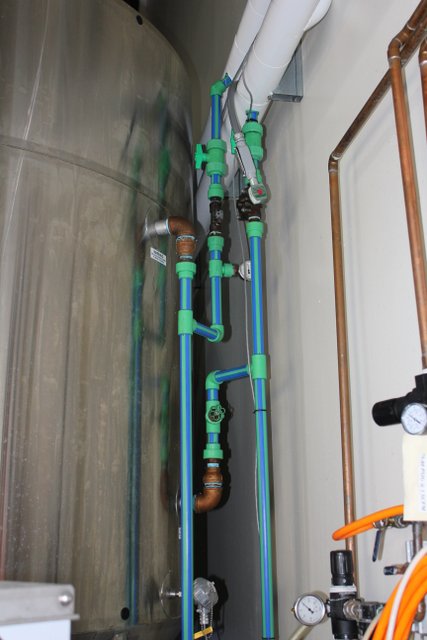
The product is being used by everyone from Founders Brewing Co. (Grand Rapids, Mich.) and Aardwolf Brewery (Jacksonville, Fla.) to Main Street Brewing Co. (Vancouver, BC) and Ipswich Ale Brewery (Ipswich, Mass.). Of course Epic Brewing Co. was one of those key clients to help get the craft brewing ball rolling. While the brewery has added vats, chillers, valves and other hardware of late, one constant in its brewing process has been the piping connecting the chillers to the fermenting vats. While copper or CPVC pipe would typically be used for this purpose, Epic was introduced to Aquatherm’s polypropylene-random pipe systems five years ago.
“At the time copper was very expensive and from a brewer’s perspective, Aquatherm gives you a hydrostatic, pneumatic pipe with a pressure test of 200 psi,” explained Kevin Crompton, head brewer at Epic Brewing, in a case study provided by Aquatherm. “And it’s a clean, glue-less system, which is essential in brewing. I’ve seen articles in brewing magazines that say the glue from Schedule 80 CPVC reacts with the glycol in the system and affects the glue’s ability to recover.”
Crompton explained that while there wasn’t a track record of using Aquatherm in a brewery in the United States, the benefits of the pipe made it worth trying — and a 10-year multimillion-dollar warranty that covers product liability, personal injury and property damage didn’t hurt either.
“Aquatherm is a high pressure system that’s glue-less, which is exactly what a brewer is after. If we hadn’t used Aquatherm, it would have been copper or Schedule 80 CPVC, but the flux in the copper can cause impurities in the line, and the glue that is used for CPVC destroys the bonding agents and has other impacts on the system,” he recalled.
Ever since, the colorful, clean-looking pipe hasn’t gone unnoticed among the brewing crowd. The only issue might be the price, but in this world (and probably the next), you always seem to get what you pay for.
“We’re more expensive than PVC, but we’re not an apples-to-apples comparison at all,” Campbell said. “We can handle 180-degree water. We can go down to 5 degrees. Compared to copper and steel, price-wise, we’re pretty close if not better. There’s an overall savings involved in labor. Basically, the way you put together the product with the heat fusion connection doesn’t take long at all — in the smaller sizes especially. That’s all there is to it. When you cut it apart, you have one material — one physical material. It’s unique and works universally. We see a wealth of opportunities for craft brewers with this product, and we want to support them any way we can.”

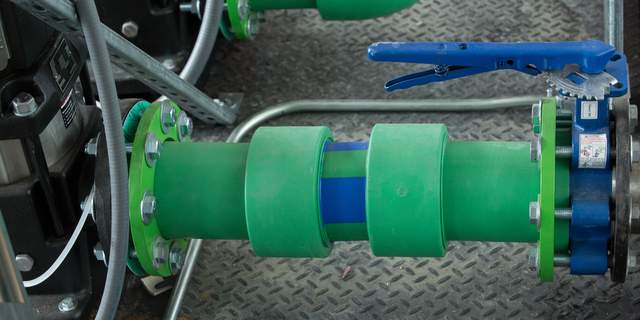
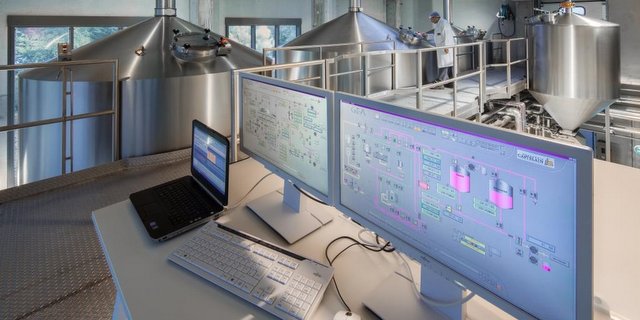
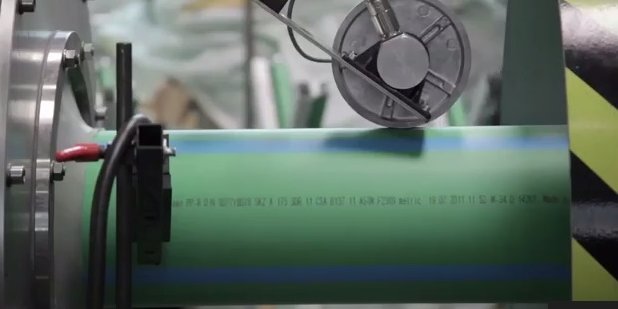
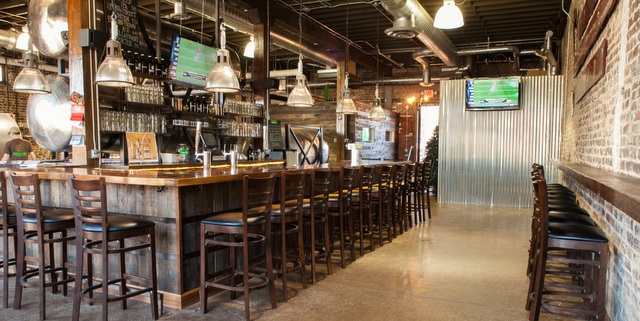
Luke says
So what happens after 10 years? You replace it?
Aquatherm is the high-tech pipe you need for your brewery http://t.co/ViblpmqVhL @CraftBrewingBiz
Luke says
So what happens after 10 years? You replace it?
Alexander Basa liked this on Facebook.
Robert Evans liked this on Facebook.
Aquatherm is the high-tech pipe you need for your brewery http://t.co/7A5KG0HXdo